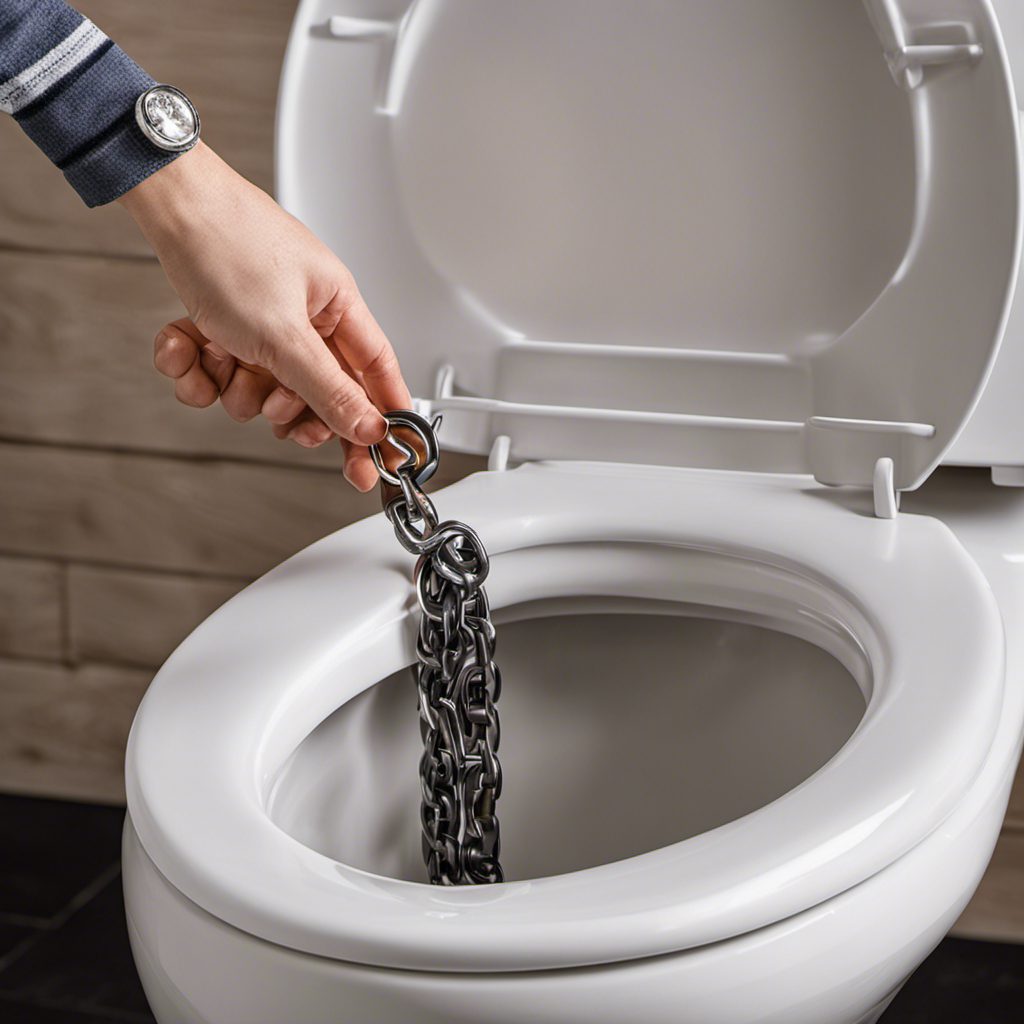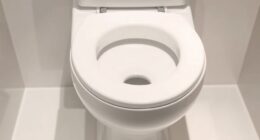Are you wondering which cat litter can be safely flushed down the toilet? We’ve got the answers you need.
In this article, we’ll share our knowledge and expertise on the subject, providing you with the information necessary to make an informed decision.
From understanding the risks involved to exploring safe alternatives, we’ll cover it all.
So, let’s dive in and discover the responsible disposal options for cat litter!
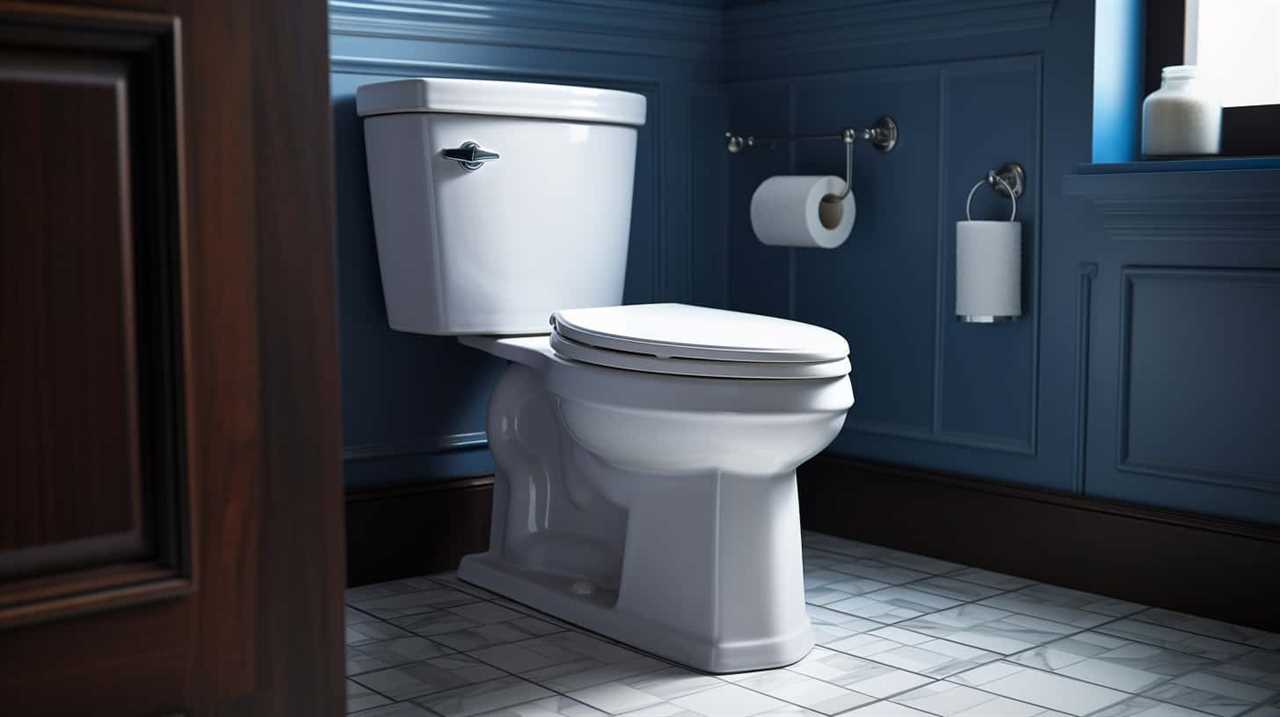
Key Takeaways
- Flushing cat litter can introduce harmful bacteria, parasites, and chemicals into the water supply.
- Cat litters containing clay or silica can clog pipes and sewage systems.
- Using biodegradable litters made from recycled paper or plant-based ingredients helps protect the environment.
- Not all cat litter is safe to flush down the toilet; only flushable cat litters made from natural materials should be flushed.
Understanding the Risks of Flushing Cat Litter
We need to understand the potential risks of flushing any type of cat litter down the toilet.
There are significant risks associated with this practice, particularly when it comes to the environmental impact. Flushing cat litter can introduce harmful bacteria, parasites, and chemicals into the water supply. These contaminants can adversely affect aquatic life and ecosystems.
Additionally, many cat litters contain materials that don’t break down easily, such as clay or silica. These substances can clog pipes and sewage systems, leading to costly repairs and potential environmental damage.
It’s essential to dispose of cat litter properly by bagging it and placing it in the trash. This ensures that the risks associated with flushing cat litter are minimized, protecting both the environment and public health.
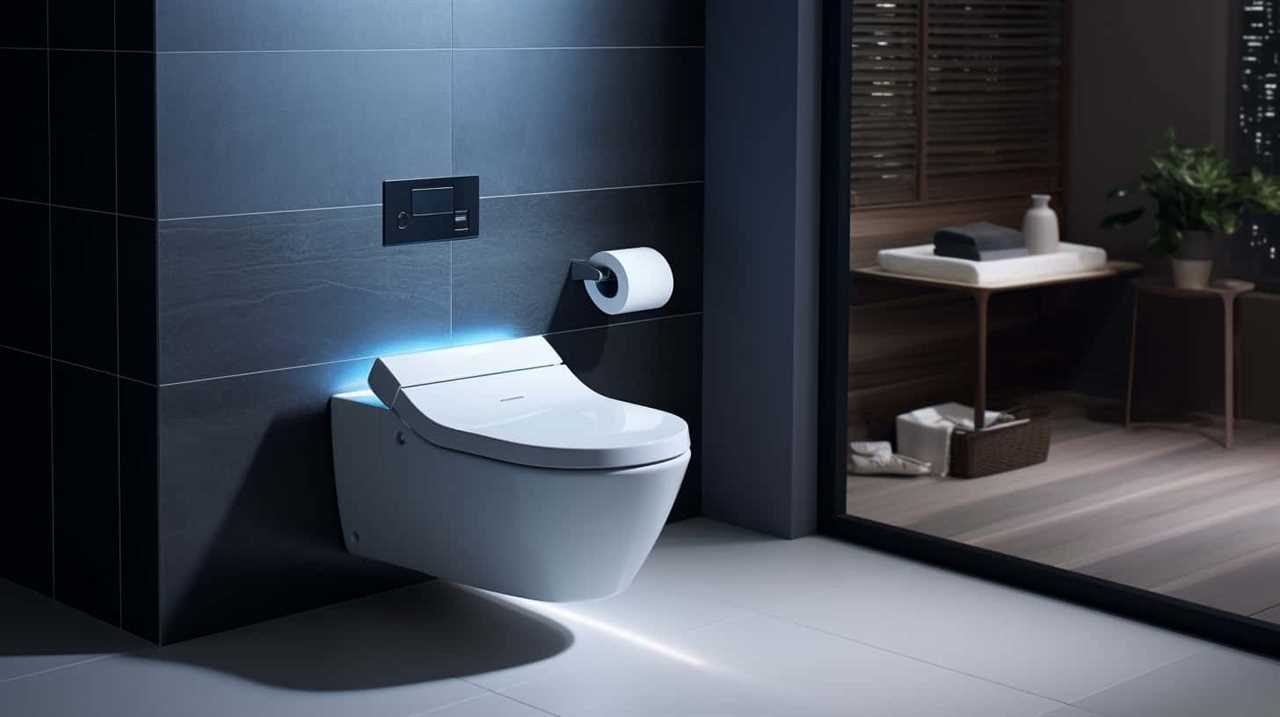
Types of Cat Litter That Can Be Flushed
When considering the types of cat litter that can be flushed, it is important to assess their biodegradability and impact on the water supply. Not all cat litter is safe to flush down the toilet, as some can cause clogs and damage to plumbing systems. However, there are specific types of flushable cat litter that are designed to break down in water and have minimal impact on the environment. These biodegradable cat litters are typically made from natural materials such as wood, paper, or plant-based fibers. To help you choose the right cat litter, here is a table outlining three types of flushable and biodegradable cat litter options:
| Cat Litter Type | Main Ingredients | Environmental Impact |
|---|---|---|
| Wood-based | Sawdust, shavings | Low |
| Paper-based | Recycled paper | Moderate |
| Plant-based | Corn, wheat | Low |
Safe and Environmentally-Friendly Alternatives
To continue our exploration of cat litter options that can be flushed down the toilet, let’s now turn our attention to safe and environmentally-friendly alternatives. Here are three biodegradable options to consider, keeping in mind septic system considerations:
- Plant-based litter: Made from renewable resources like corn, wheat, or pine, plant-based litters are biodegradable and safe for flushing. They clump well and control odors effectively.
- Paper litter: Made from recycled paper, this type of litter isn’t only biodegradable but also highly absorbent. It’s a great option for cats with allergies or sensitivities.
- Wood pellet litter: Made from compressed sawdust, wood pellet litter is both biodegradable and flushable. It absorbs moisture well and helps control odors.
When choosing a safe and environmentally-friendly cat litter, it’s important to consider your septic system’s limitations.
Now, let’s move on to the next section and explore proper techniques for flushing cat litter.
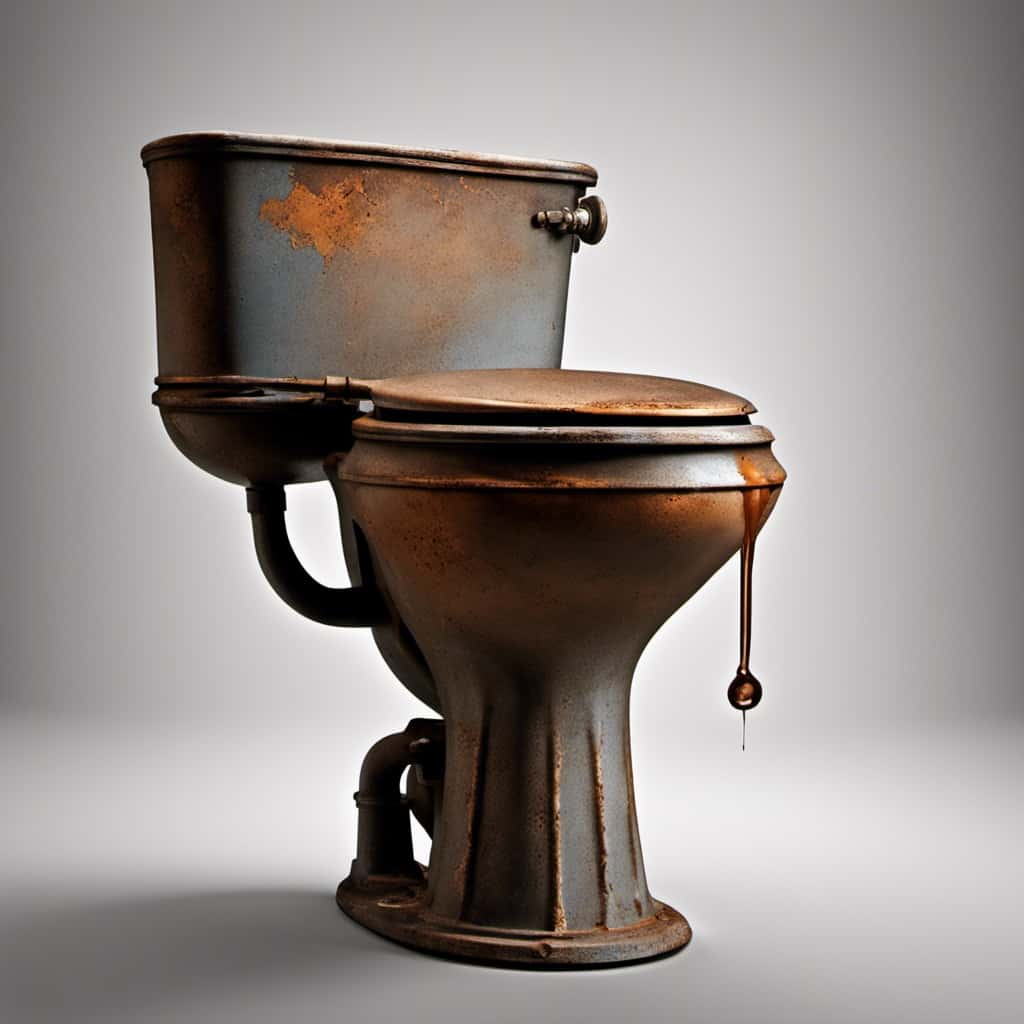
Proper Techniques for Flushing Cat Litter
To properly flush cat litter, it is essential to adhere to a few important guidelines. First and foremost, consider the sanitary considerations. Always wear gloves and wash your hands thoroughly after handling cat litter. Additionally, make sure to clean the litter box regularly to prevent any potential plumbing issues. Here are some proper techniques for flushing cat litter:
| Techniques for Flushing Cat Litter | Tips and Considerations |
|---|---|
| Scoop litter into a flushable cat litter | Use cat litter specifically labeled as flushable. Avoid clay-based litters as they can clog pipes. |
| Flush the litter in small amounts | Flush small amounts at a time to prevent overwhelming the toilet and causing plumbing issues. |
| Use plenty of water | Flush the litter with plenty of water to ensure it properly breaks down and minimizes odor. |
Following these guidelines will help maintain a clean and efficient plumbing system while keeping your cat’s litter box sanitary.
Conclusion: Responsible Disposal Options for Cat Litter
For responsible disposal options for cat litter, we recommend using a dedicated pet waste disposal system. Here are three reasons why this is the best choice:
- Reduced ecological impact: Regular trash disposal methods contribute to landfills and can harm the environment. A pet waste disposal system, on the other hand, is designed to minimize ecological impact by utilizing eco-friendly processes.
- Convenience and hygiene: A dedicated pet waste disposal system provides a safe and sanitary way to dispose of cat litter. It eliminates the need to handle soiled litter and ensures proper containment and disposal.
- Odor control: Cat litter can produce strong odors that can be unpleasant for both you and your family. A pet waste disposal system often comes with built-in odor control mechanisms, keeping your home smelling fresh and clean.
Frequently Asked Questions
Can Flushing Cat Litter Down the Toilet Harm the Plumbing System?
Flushing cat litter down the toilet can potentially harm the plumbing system. It’s important to be aware of the potential plumbing risks. There are alternative methods to dispose of cat litter that are safer for your pipes.

Is It Safe to Flush Cat Litter Made From Clay or Silica Gel?
Flushing cat litter made from clay or silica gel is not safe. It can clog pipes and harm the plumbing system. Instead, consider using biodegradable cat litter, which has pros and cons. There are also alternatives to flushing cat litter down the toilet.
Are There Any Cat Litters That Are Specifically Designed to Be Flushed?
Some cat litters are designed to be flushable, but it’s important to consider the environmental impact. While they may be convenient, flushing cat litter can contribute to water pollution and harm marine life.
Can Flushing Cat Litter Down the Toilet Contaminate the Water Supply?
Flushing cat litter down the toilet can pose contamination risks to the water supply and have a negative environmental impact. It’s important to properly dispose of cat litter in a way that doesn’t harm our water sources.
Are There Any Specific Precautions or Guidelines to Follow When Flushing Cat Litter Down the Toilet?
When flushing cat litter, it’s important to take precautions to protect the environment and prevent potential contamination. Guidelines include using flushable litter, avoiding clay-based litters, and making sure your plumbing can handle it.
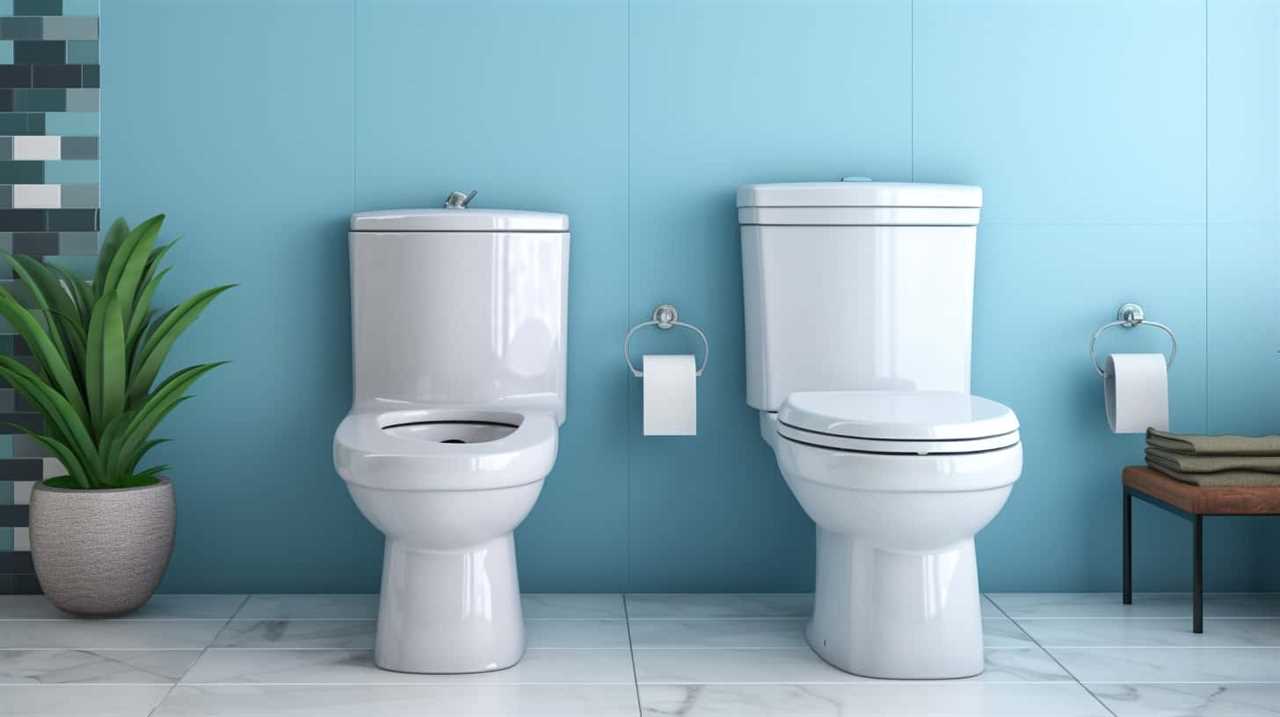
Conclusion
In conclusion, it’s important to understand the risks associated with flushing cat litter down the toilet. While there are some types of cat litter that can be safely flushed, it’s best to opt for environmentally-friendly alternatives.
By using proper techniques and disposal methods, we can ensure that we’re being responsible pet owners and protecting our water systems.
So, next time you clean out the litter box, remember to choose the right option for the sake of our planet and our furry friends.

